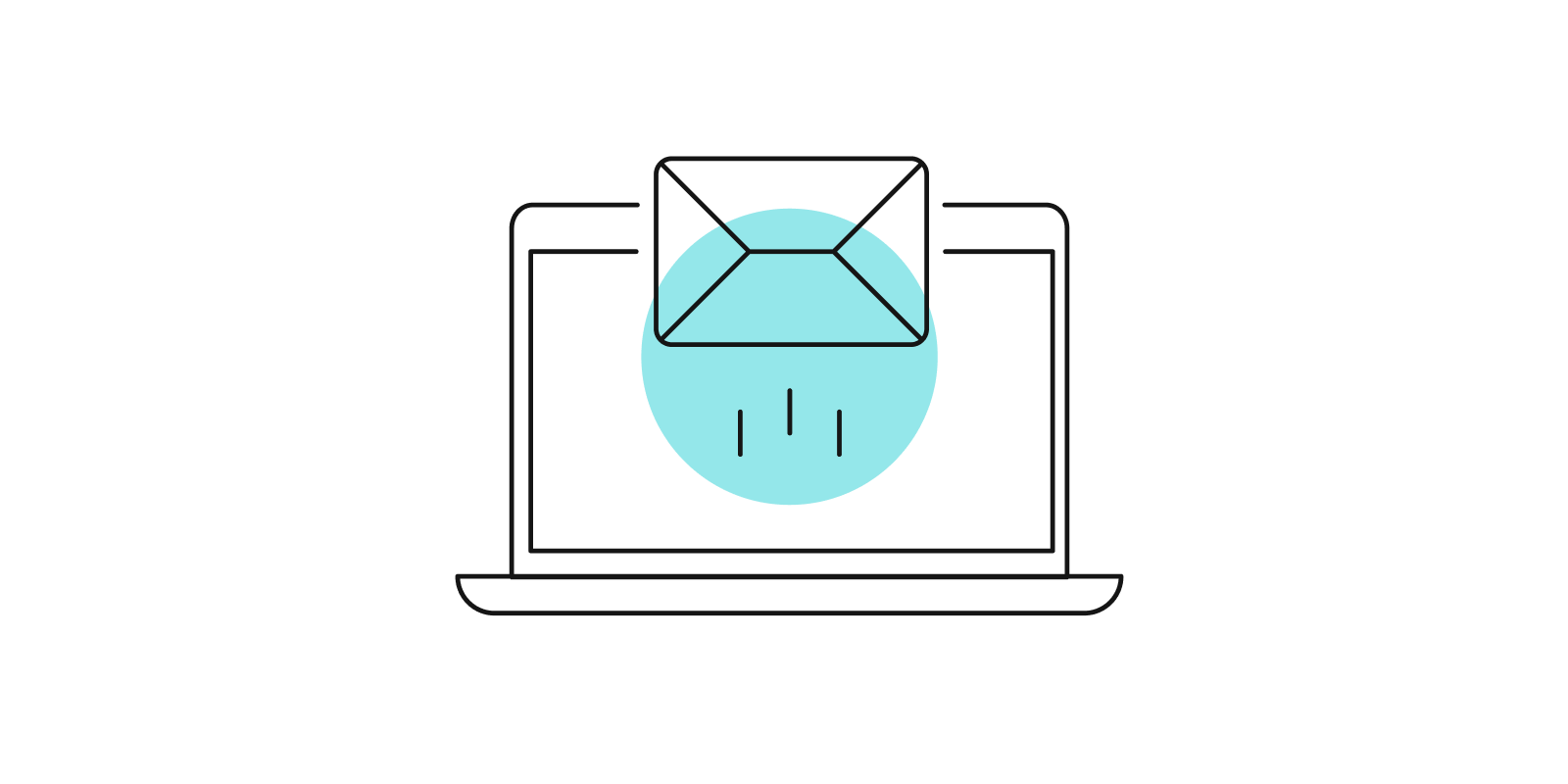
The student as consumer, and the burden of choice

If we’ve spoken or crossed paths in a webinar recently, you may recognize a recurring theme (perhaps obsession) of mine: the student as a consumer. My preoccupation is a reaction to a common assumption that higher education purchases are somehow different than other high-stakes purchases. While the benefits of education arguably outweigh those of other purchases, the learner is first a consumer, and consumer psychology is unequivocally at play.
To more intimately understand the student-consumer’s expectations for digital or online learning, Pearson (the global learning company) partnered with Accenture (the global management consultancy). We believed Accenture’s consumer behavior insights could be applied to the student-consumer journey, to benefit learners, providers of learning, and employers. This series provides a few observations about what we learned together. This post focuses on the beginning of the student journey: the purchase.
The burden of choice
Accenture observed that businesses struggle to create personalized experiences that don’t drown their customers in too many options. Overwhelmed by choices, consumers are likelier to make poor decisions, be less satisfied, and abandon a website or brand altogether. To paraphrase Accenture, the endless aisle sounds great until you have to walk down it.1
That burden of choice also applies to a student’s education decision, with profound implications. Making the best choice in higher education is methodical, often taking four months or longer. It is high stakes — particularly given its cost, and it is nearly impossible to do effectively today. Learners faced with information overload and limited processing abilities will narrow their decisions to known institutions, or those that rank on page one of search.
As a simplistic thought experiment, I searched for “online MBA.” In .46 seconds, I received 332 million results. Valuable information… no doubt. Finding insight of value to me as a prospect… dubious. We know from our own research that nearly 3 in 10 learners are so overwhelmed by education search that they abandon the process without ever enrolling.2
Nearly 3/10 of prospects find searching for a program so overwhelming they abandon the process without enrolling
The challenge for institutions
The burden of choice isn’t just a problem for the student: it challenges the university in equally profound ways. 85% of all education search queries begin with an unbranded term. Learners begin their journey with an area of study in mind, not a school. They seek to identify their path first, and only then research an institution. Moreover, online learners typically search five institutions or fewer. That's fine if your school is part of the consideration set. What if it's not, even if you’re a best fit? That means lost opportunity for the learner, the university, and ultimately the employer.
Most learners consider five institutions or fewer
For many years, Pearson Online Learning Services has had the privilege of assisting universities as they strive to achieve their growth goals. Across many institutions and programs, and thousands of enrollments, one singular best practice has remained constant: we are most successful when we translate the voice of the consumer into personalized, empathetic learning experiences. That starts with helping learners manage choice and navigate to an enrollment decision they can be confident about.
About the author

Joe Morgan
Vice President, University Partnership Development, is responsible for Pearson Online Learning Services’ strategy for partnership growth and profitability. Joe brings to Pearson more than 20 years of experience in business management and brand management in large multinationals and successful startup environments.
Prior to joining Pearson, he was Founder and CEO of MaverixLab. The company worked to develop the innovation ecosystem in Miami through business incubation. He previously served as CEO of Noodle Education, a vertical search engine for formal and informal education and recognized by Forbes as one of the 10 Greatest Industry-Disrupting Startups of 2012 transforming industries that affect our daily lives, by Mashable as 1 of 5 start-ups transforming education and honored by the Obama White House for building the most comprehensive API for assisting college-bound students. In addition, he was Chief Marketing Officer, SVP of Strategy for Kaplan, Inc., and founder/CEO of Colloquy, an online program management company supporting the higher education market, both Washington Post Companies.
1 Making it Personal: Pulse Check 2018 – Moving from Communication to Conversation, Accenture Interactive.
2 Pearson 2020 Online Student Survey (n=1025, US Aged 18-54, respondents intending to apply to any online continuing education program)



